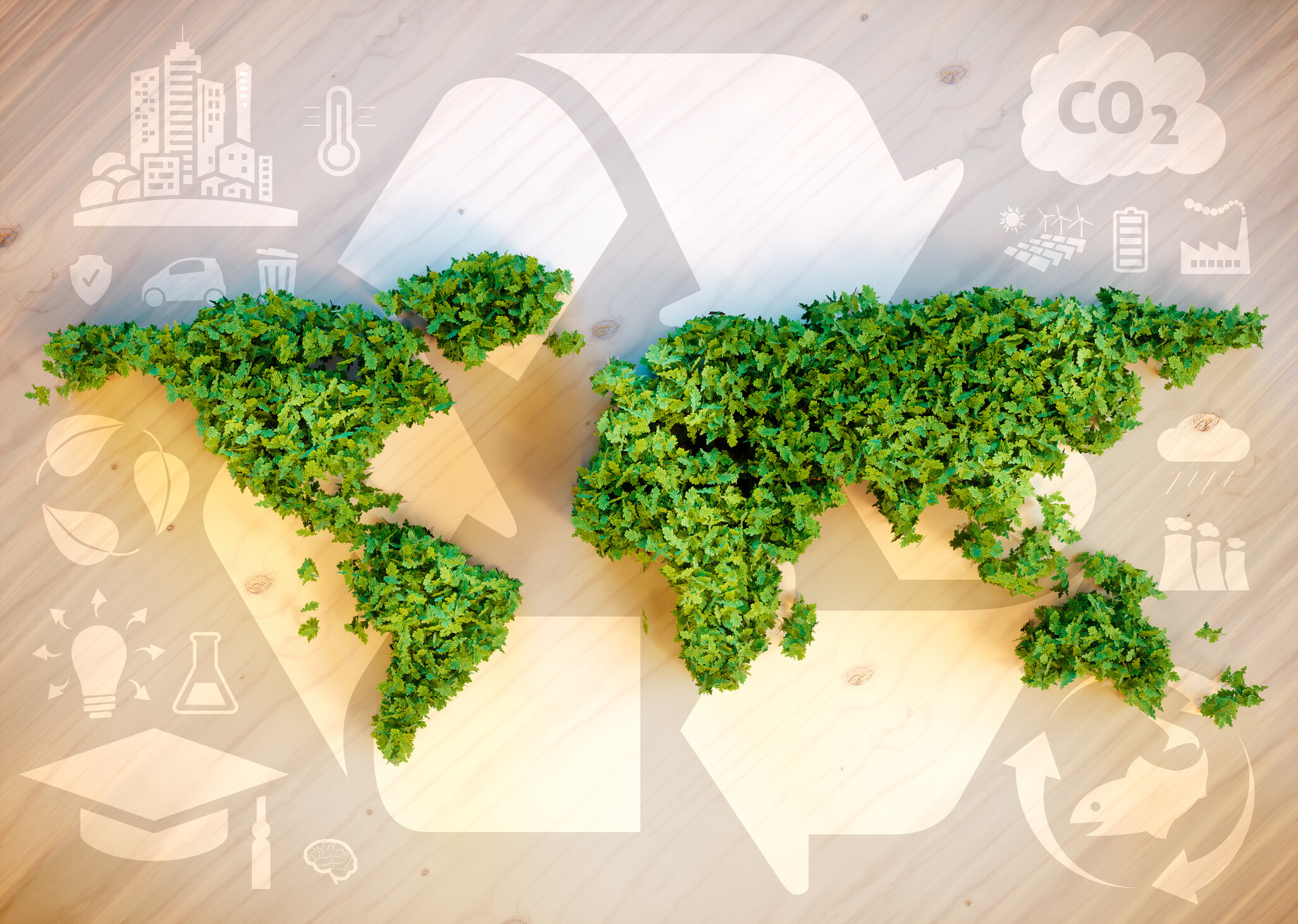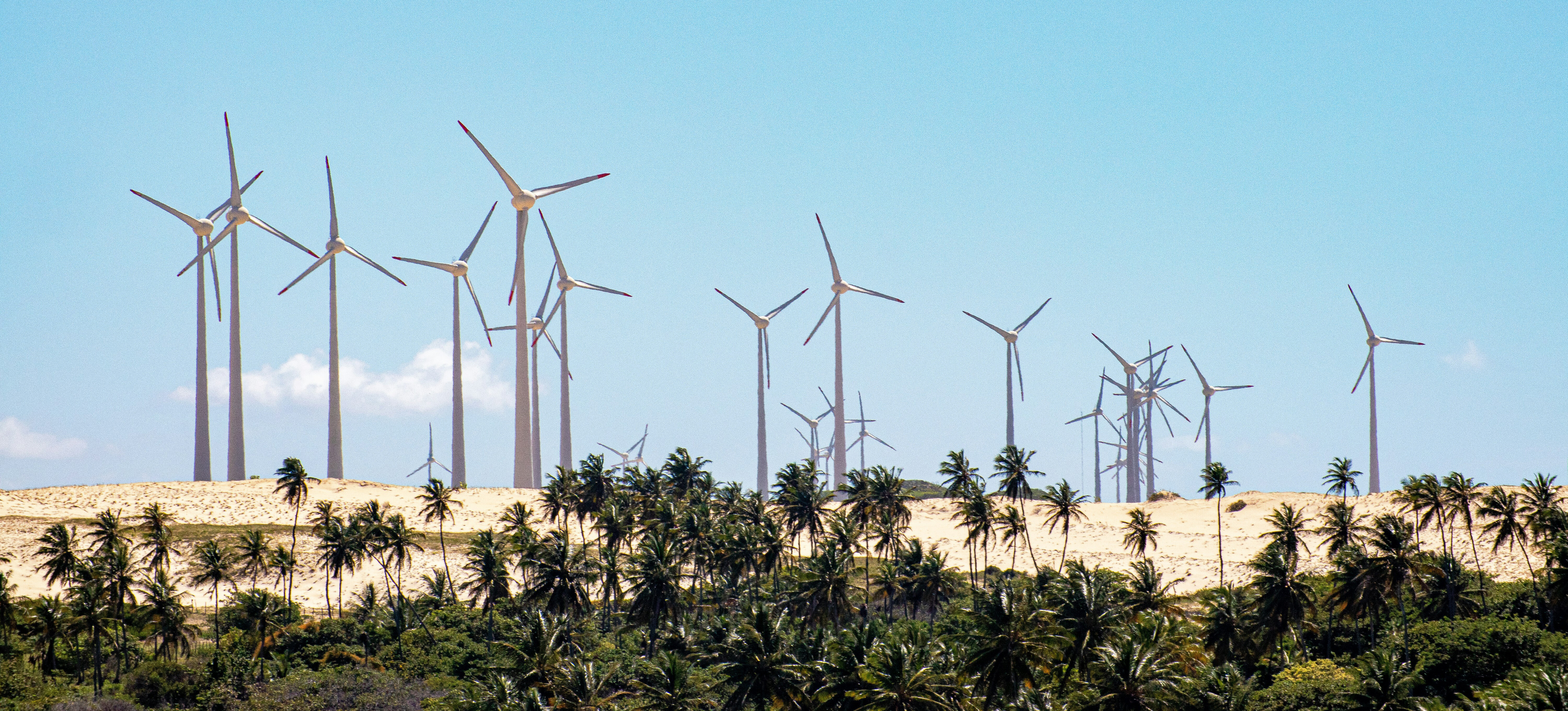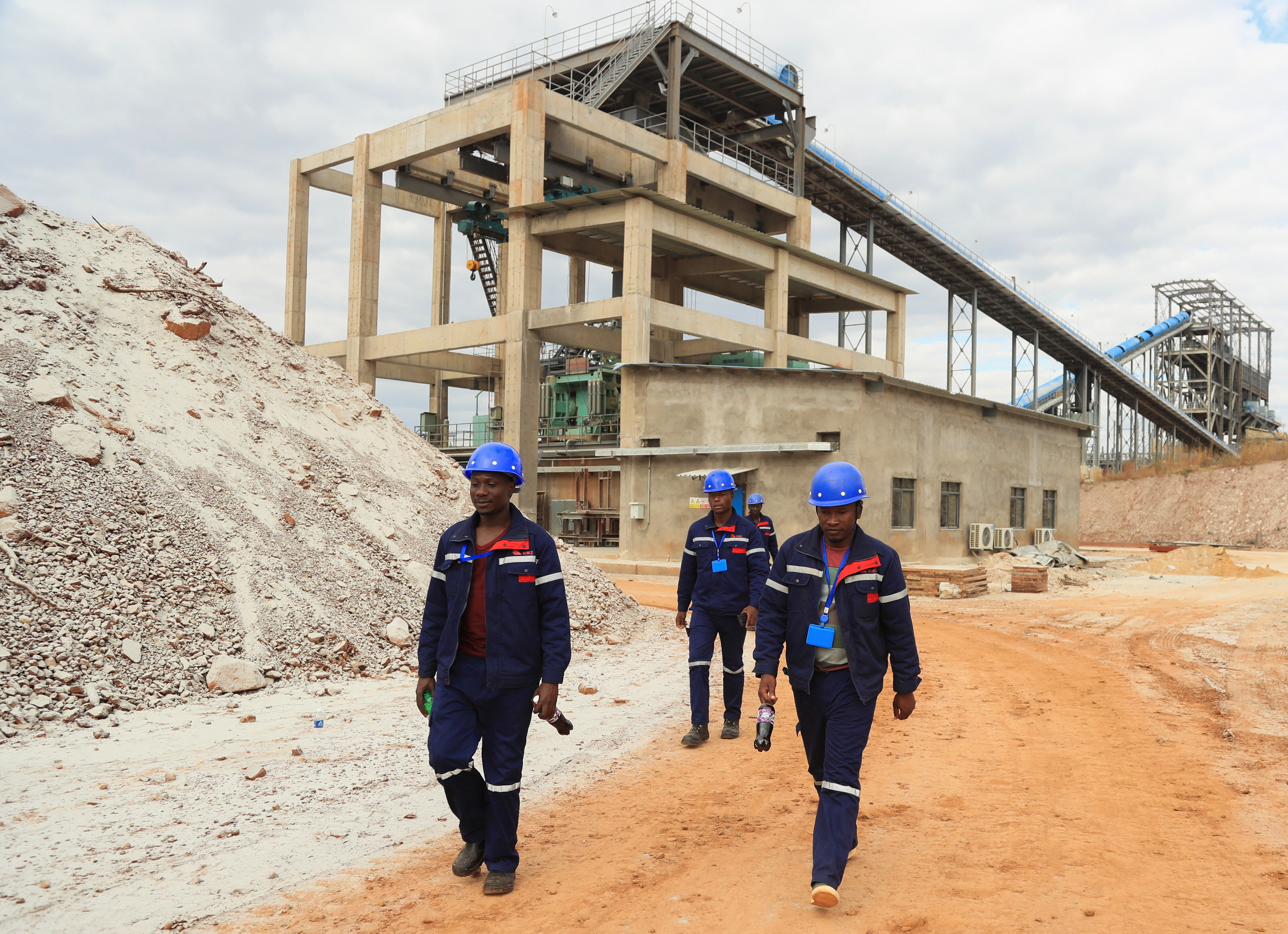We can bring electricity to all of Africa in just 10 years

It's within our grasp to turn the lights on
Image: REUTERS/Joe Penney
Stay up to date:
leadership
While Western nations complain of a failure to introduce super-fast broadband quickly enough, African cities, towns and villages still struggle with access to basic electricity to light their homes and power their businesses.
Across 36 African countries it’s estimated that just two in five people have a reliable supply of energy throughout the day. In some countries less than 10% of people have access to electricity at all.
But things look set to change. The advent of more affordable renewable energy, combined with a new determination by African leaders to work together, means we may be on course to achieving something we have so far collectively failed to achieve - finally electrifying Africa.
Since taking the coordinating role for renewable energy within the African Union, I’ve sensed a growing mood of impatience from political leaders, which is at last in tune with the frustration of our people. In my lifetime, I have not seen Africa’s political leaders so determined to unite and overcome the challenges that stand in the way of our goal of ensuring everyone has access to reliable and affordable energy by 2025.

Reliable and affordable energy is not simply a way of lighting schools, hospitals and homes for millions of people, but if done properly, could be transformative, creating jobs and opening the continent to intra-continental and global trade.
Where it was once too expensive to exploit our vast renewable assets, technology is providing deliverable solutions. The continent has an extraordinary 10TW of potential solar energy, 350GW of hydroelectric power, 110GW of wind power and an additional 15GW of geothermal energy. We now have a chance to harness and utilize those resources.
Two years ago people in our capital city of Conakry couldn’t light their homes for more than six hours a day and businesses went without the power they needed to trade. Now, thanks to the construction of the state-of-the-art Kaleta hydroelectric dam, families and businesses can rely on power for up to 24 hours a day.
And Guinea isn’t alone. From similar hydroelectric projects in Sierra Leone, wind farms in Kenya to solar projects in Rwanda and Tanzania, African countries, large and small, are harnessing their natural resources to produce clean and affordable energy.
What’s perhaps even more exciting is that these projects are not happening in isolation, but are being planned alongside a wider push to see a network of grid-scale and off-grid power across the continent.
In conjunction with international partners, a groundbreaking electricity interconnector in West Africa will allow power exports from Cote d'Ivoire to Liberia, Sierra Leone and Guinea. It’s the first of a number of new public and private sector initiatives that will see a transformation in the way Africa delivers power.
It means that with the construction of a second and larger hydroelectric dam in Souapiti, Guinea will not only have the capacity to provide electricity to homes and businesses throughout our country, but could soon be exporting power to neighbours in the region.
Together, the determination of African countries and the rapid development of affordable renewable technologies means we can genuinely begin to transform the prospects of Africa for the better. If we get this right, we could be looking at a much brighter Africa in 10 years from now.
Don't miss any update on this topic
Create a free account and access your personalized content collection with our latest publications and analyses.
License and Republishing
World Economic Forum articles may be republished in accordance with the Creative Commons Attribution-NonCommercial-NoDerivatives 4.0 International Public License, and in accordance with our Terms of Use.
The views expressed in this article are those of the author alone and not the World Economic Forum.
Related topics:
Forum Stories newsletter
Bringing you weekly curated insights and analysis on the global issues that matter.
More on Energy TransitionSee all
Why India’s carbon market needs a price stability mechanism for its new Carbon Credit Trading Scheme
Subham Shrivastava and Saurabh Trivedi
November 10, 2025
Andrea Willige
November 10, 2025
Network of the Global Future Councils and Kaiser Kuo
November 4, 2025
Esther Finidori and Lisa Wee
November 4, 2025
Ezgi Canpolat and Varalakshmi Vemuru
November 3, 2025
Ayla Majid
October 30, 2025





